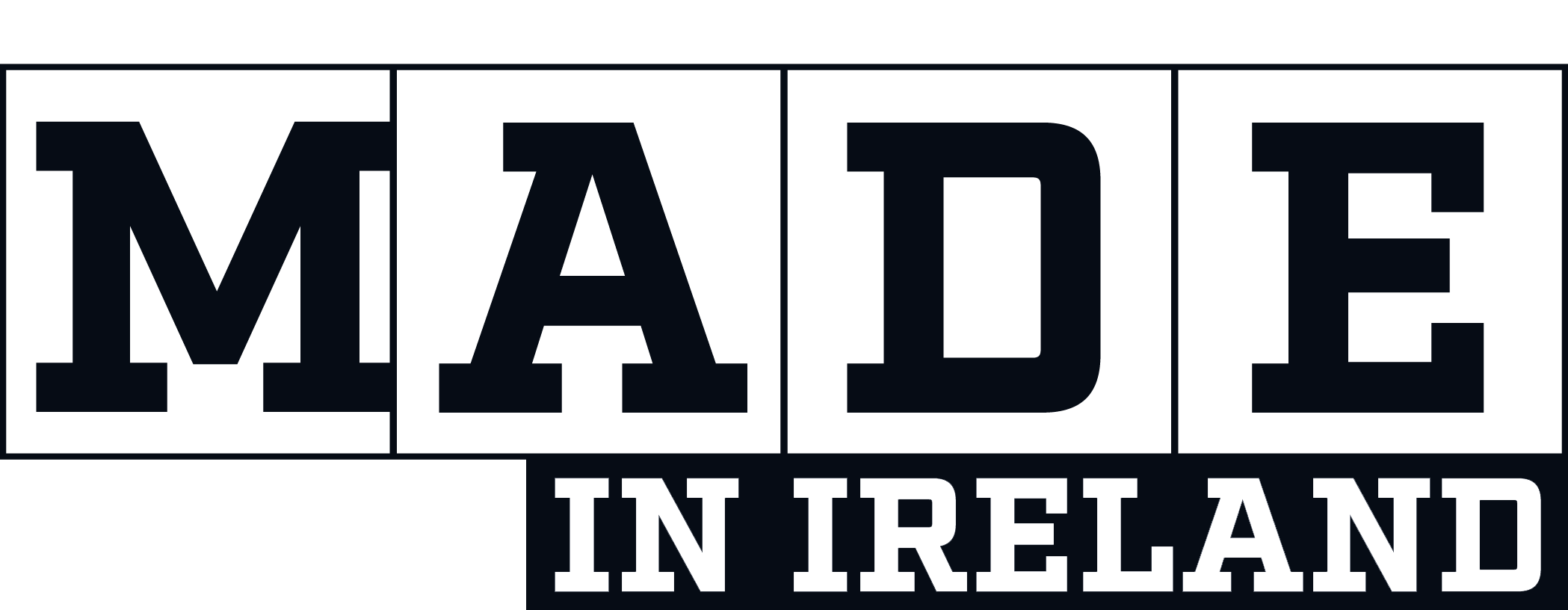
The heat generated in gearboxes is the result of friction: as load increases, temperature increases, and as load decreases, temperature decreases. In addition, friction caused by faulty bearings, misalignment, imbalance, misuse, or just normal wear can also lead to excessive heat generation, along with the usual prime suspect of inadequate lubrication. Finally, there is the case where gearboxes are exposed to direct sunlight, the radiated heat raising the normal operating temperature to unacceptable levels.
In the case of bearings, heat problems occur when a large temperature difference builds up between the shaft inside a bearing and the housing surrounding the bearing (due to misalignment, for example). The differential thermal expansion causes the bearing to lose internal clearance and become pre-loaded. This results in increased heat generation which will increase the differential temperature, leading eventually to thermal runaway and melt-down
Although bearings can have major issues with temperature, by far the most the most temperature critical component in a gearbox is the lubricant. This performs a dual function: it reduces friction by separating the moving components and transports and distributes the heat from the friction points: gears, bearings and seals, to the gearbox housing, enabling it to dissipate the generated heat.
The viscosity of the lubricant decreases drastically with increasing temperature, impairing its ability to maintain an Elasto Hydro Dynamic (EHD film) between the moving components in contact, so the choice of viscosity is critical. However, there is generally not a problem within one ISO grade, but it is better to err on the high side of two viscosity grades where there is any uncertainty.
The maximum housing limit on most industrial gearboxes is in the range 820C to 930C, with limits for standard rubber oil seals at 1000C; fluorinated rubber oil seals at 1500C; mineral oils, 1000C, and synthetic oils, 1500C, plus. Bearings and steel gears have temperature limits that typically exceed 1200 to 1500C, and usually do not limit the thermal capacity of most general-purpose industrial gearboxes.
If the housing temperature of a gearbox exceeds the manufacturer’s limit, then there are a few options to consider. Where physical space allows, a larger reducer should be considered or auxiliary cooling should be employed. This may include shaft driven fans, electric fans or radiant cooling systems. In cases where the gearbox is subjected to strong sunlight and there is no facility for forced cooling, then the gearbox should be painted a reflective colour and partly shielded, so as no to interfere with natural convection.
About Deritend RMB
Deritend RMB specialises in 24-7 industrial gearbox repairs, refurbishment, replacement, machining and fabrication and offers one of the most comprehensive gearbox breakdown engineering, machining and fabrication services in the UK. Deritend RMB became part of the Deritend Industries group of companies in August 2007 and also supplies a wide range of premium brand replacement gearboxes, motors, drives and general power transmission products.
For more infomation on this company click here
To add your company click here











Experts speculate over cause of Iberian power outages
The EU and UK will be moving towards using Grid Forming inverters with Energy Storage that has an inherent ability to act as a source of Infinite...